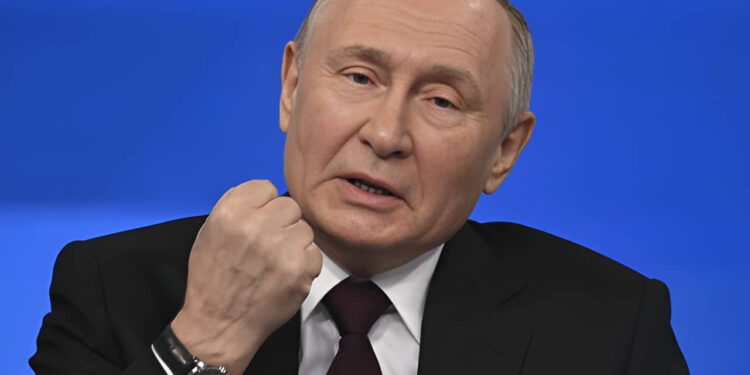President Vladimir Putin has announced a broad strategy to wrest control over the ultra-hard building blocks of modern consumer and military products, demanding that his Government devise a plan to acquire the leading position by December 1, 2025. It’s part of Russia’s broader economic shift towards Asia. It highlights the strategic significance of these rare earth materials, which are needed for modern technologies ranging from smartphones and electric cars to military hardware. In addition, Putin ordered the Government to develop border infrastructure and traffic links with China and North Korea to increase trade cooperation among neighbors.
Details of Putin’s order are part of the proposals made during a session held at the 2025 Eastern Economic Forum in Vladivostok. It is indicative of Russia’s desire to capitalize on rising global demand for rare earth metals in the wake of export restrictions from China and Western sanctions on Russia over its role in Ukraine. There are enormous reserves of rare earths in Russia, amounting to 28.7 million tons with an average content of 14 metals, and the country is well placed to serve as a ‘diversified’ supplier elsewhere on the world market.
The timeline for rare earths mining will be determined by another plan, to be delivered for approval at the end of 2020, that aims to define a value-added chain from the mining and processing of Ural’s rare earth sands to the manufacturing of end products. The strategy aligns with the construction of infrastructure, such as multimodal transport and logistics hubs, in border areas with China and North Korea. Russia and China will use existing railway bridges connecting the two, and a bridge to North Korea is expected to be built by 2026, reinforcing the need for an interconnected export network.
The infrastructure buildout serves as a strategic approach to expand economic cooperation and trade with Russia’s eastern neighbors. These upgrades are considered essential to sidestep Western trade sanctions and attract investment while turning towards closer relations with China, facilitated through North Korea, which both have nurtured economic ties with Russia amid ongoing geopolitical tensions. For North Korea, this cooperation spans not only trade but also military and construction assistance in Russia, including thousands of North Korean laborers and soldiers reportedly participating in infrastructure construction since September 2025.
Russia has expressed interest in discussing rare-earth projects with the US, but collaboration is complicated by the ongoing conflict in Ukraine, and no progress has been reported. The market for rare earth metals remains a central arena of geopolitics, and China’s near-monopoly has spurred global competitors, such as Russia, to intensify efforts to secure and develop alternative supplies.
Putin’s plan to secure rare earths and strengthen infrastructure and ties with China and North Korea simultaneously shows that Russia is changing its economic and geopolitical position significantly. This plan aims to use Russia’s natural resource wealth to strengthen alliances and supply chains in Asia. This could change the global rare-earth market and key trade routes in the years to come.


